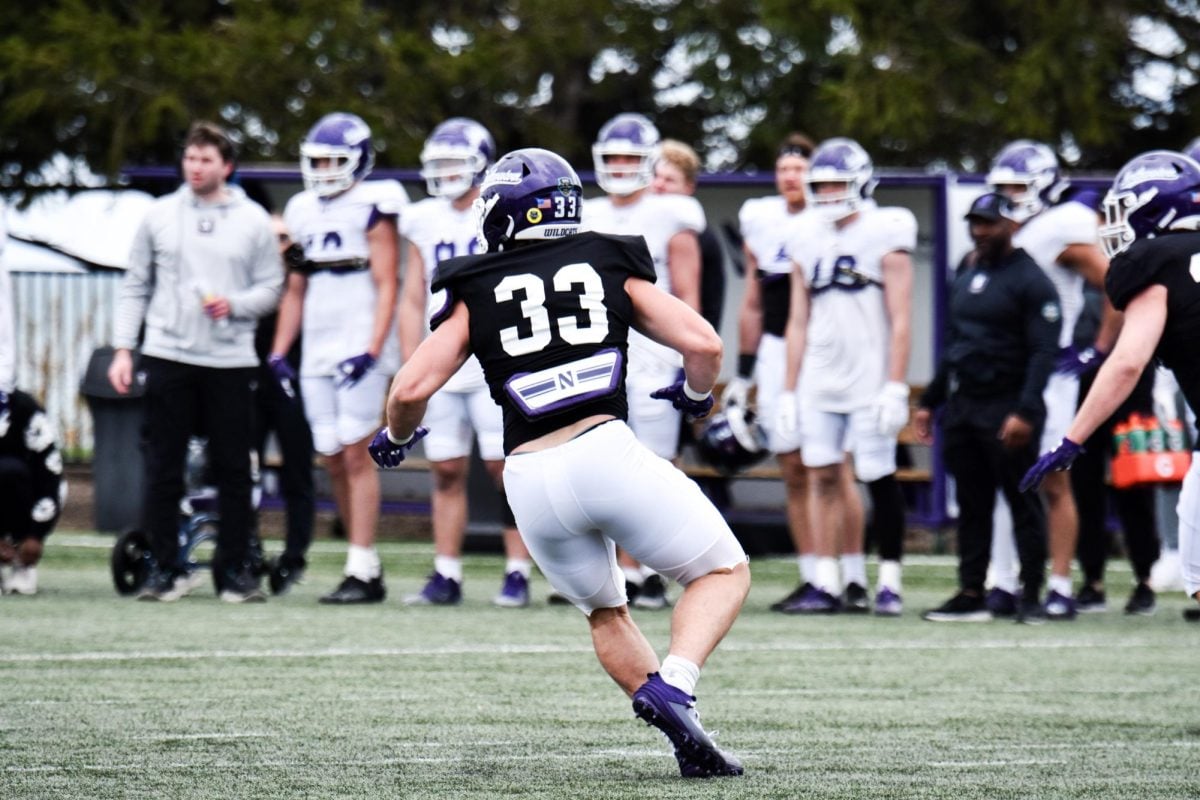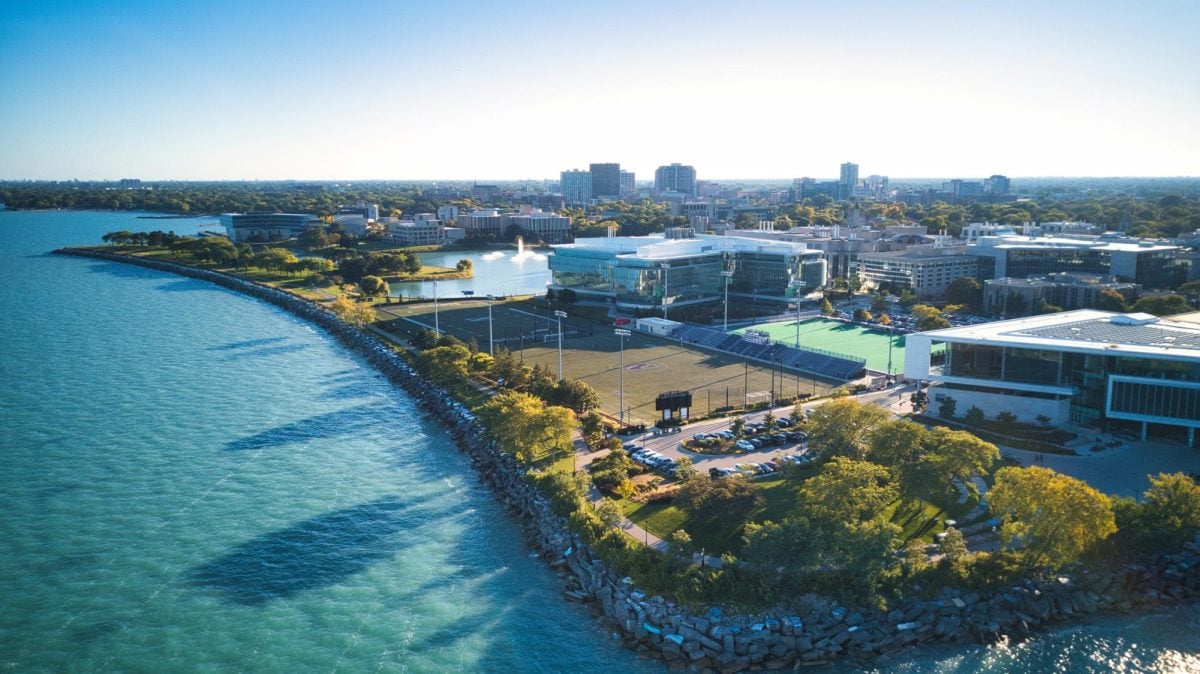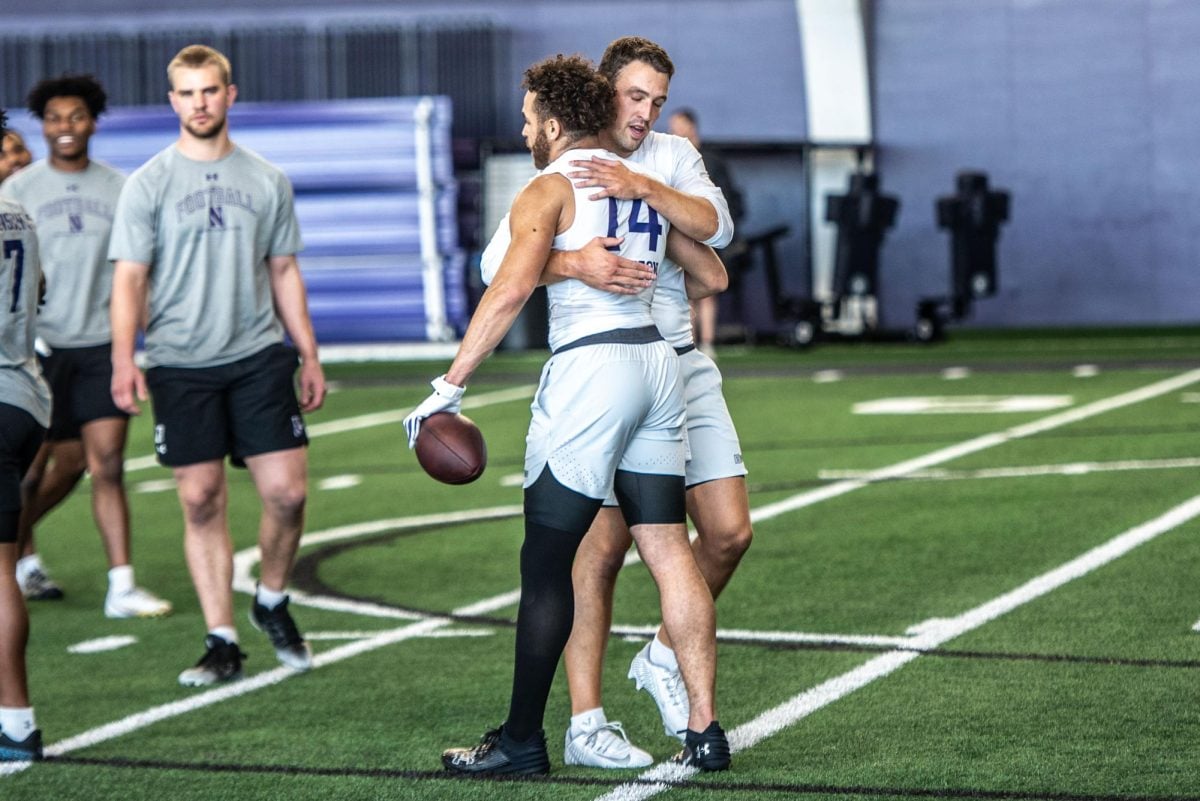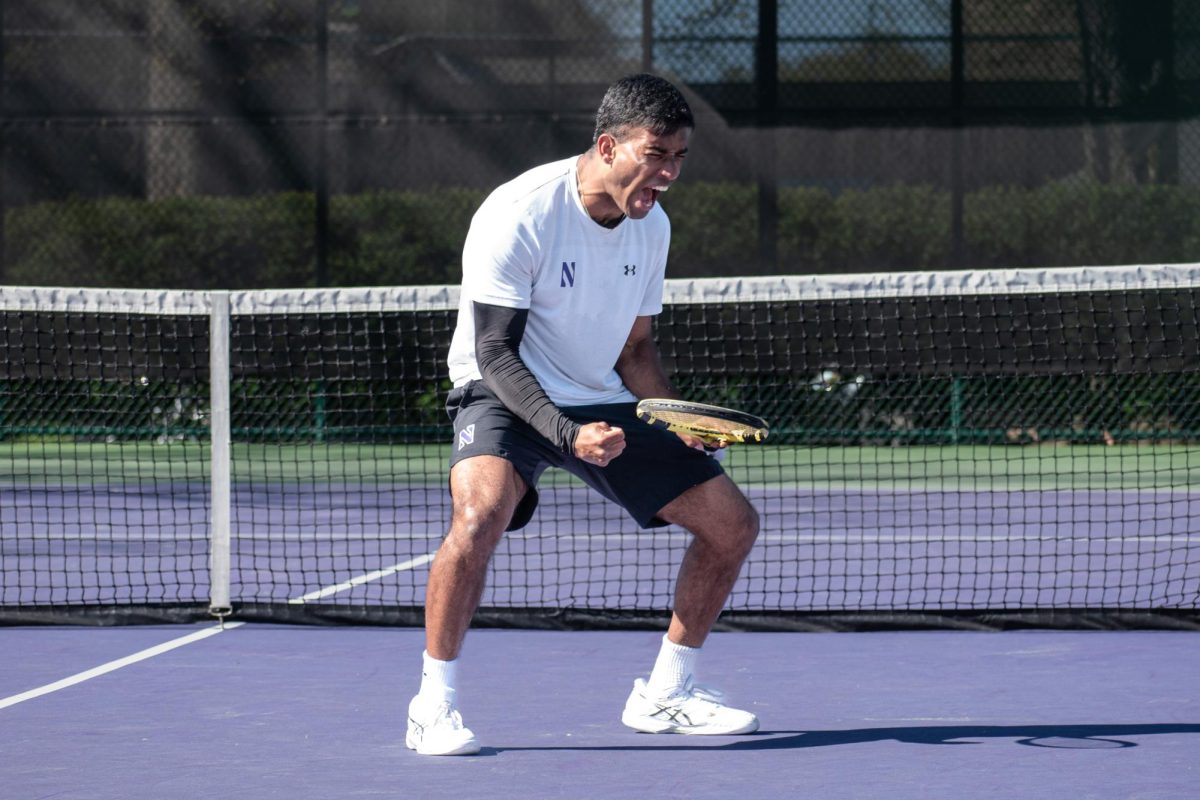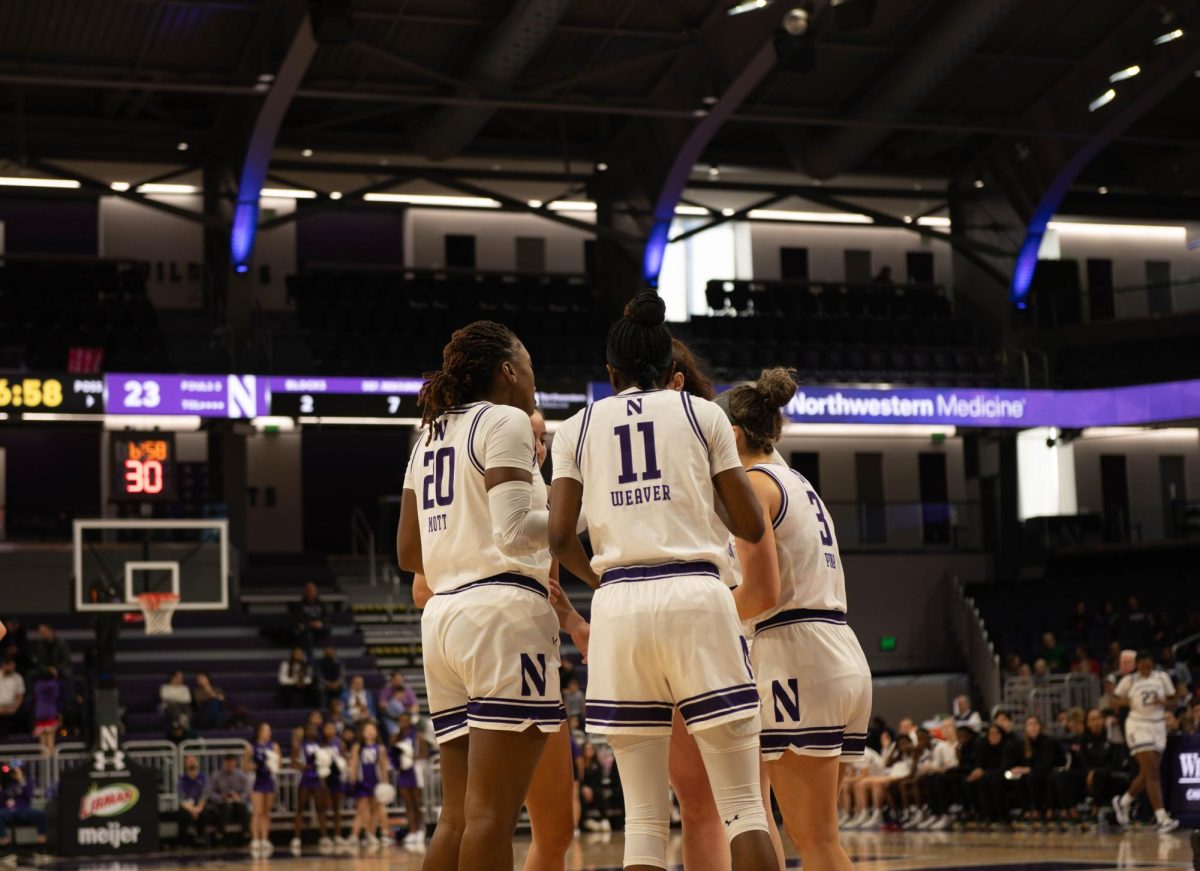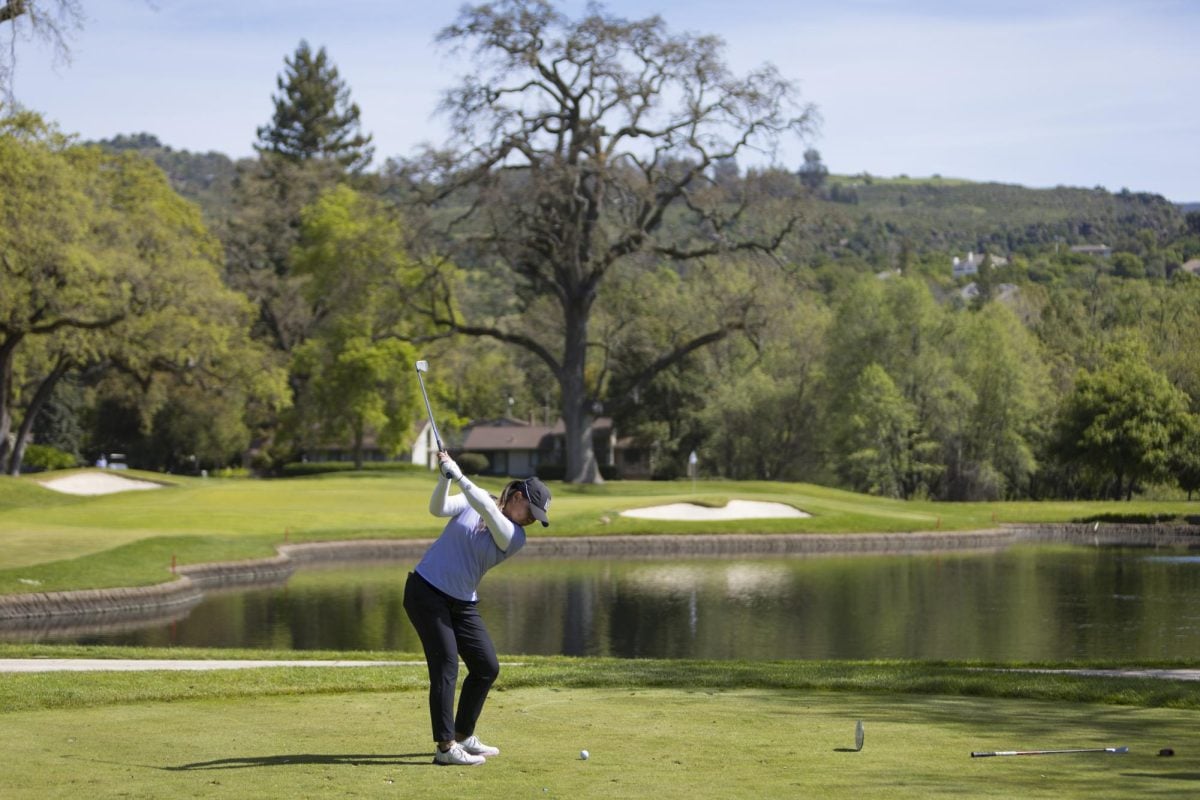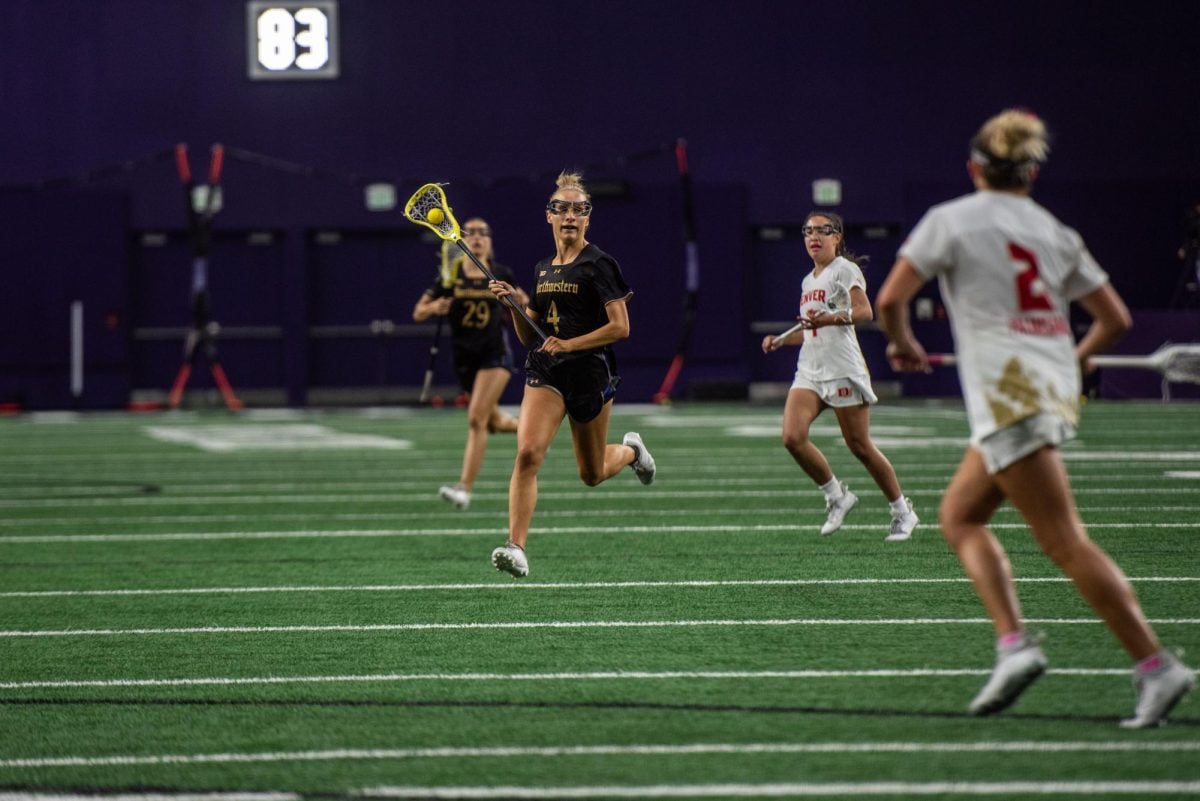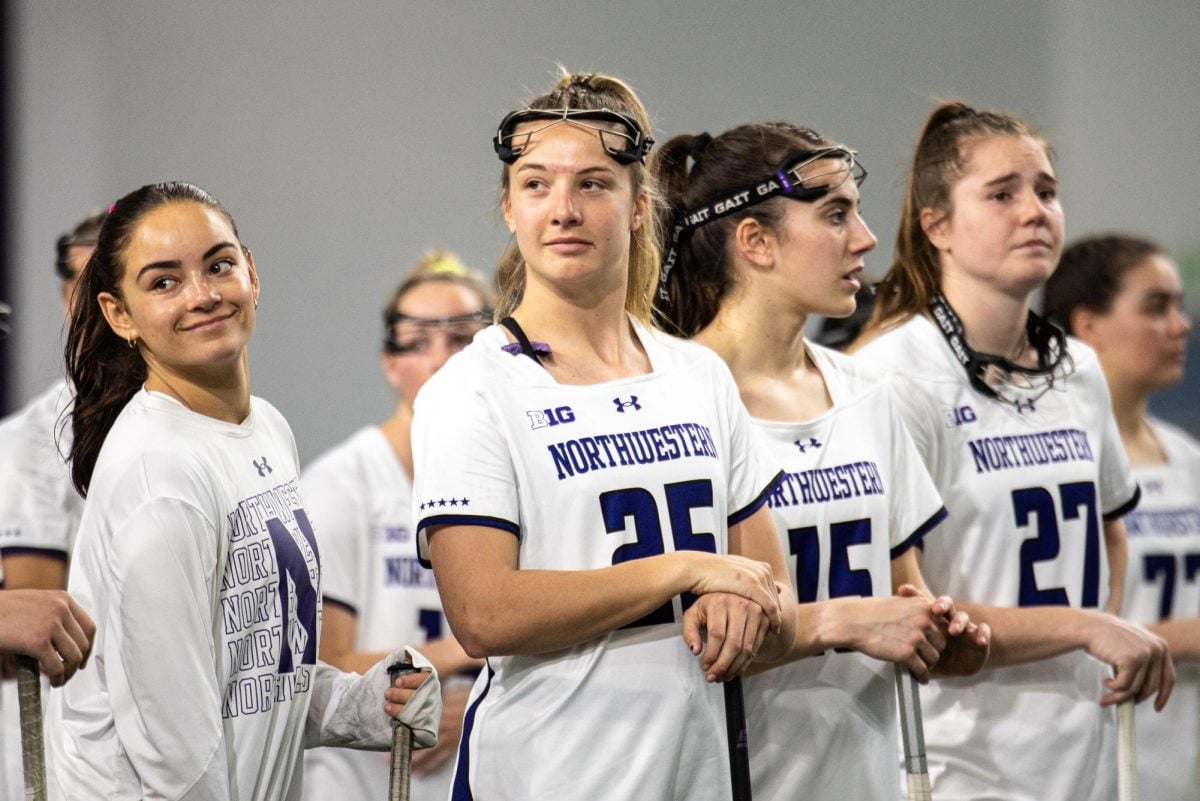On January 1, 1949, Northwestern beat previously-undefeated University of California-Berkley to win the 35th Rose Bowl, 20-14. As far as postseason success goes, there’s been little to cheer for since.
After what can only be considered the pinnacle of NU football history, the Cats would go 47 years without another bowl appearance and still await their next postseason victory. What follows is a brief exploration of NU bowl history through 2003, beginning with that afternoon in Pasadena and the program’s lone positive bowl outcome.
1949 Rose Bowl: Northwestern – 20, California – 14
The Cats finished the 1948 regular season 7-2 overall and 5-1 in conference, second in the Big Nine (For several years after the departure of the University of Chicago, the conference had only nine teams and was named accordingly. It would regain its original “Big Ten” moniker when Michigan State joined in 1949.). Though the Rose Bowl typically matched the champions of the Big Nine and Pacific Coast Conference, a rule barring teams from appearing in the game two years in a row prevented defending Big 9 champion Michigan from participating and left the bid to NU.
Making the first postseason appearance in program history, the Cats were severe underdogs to a California squad that had won its first 10 games by an average of 19.7 points. Not only were the Golden Bears one of the nation’s best teams, but Cal’s coach was also quite familiar with the NU personnel. After 12 seasons as the Cats’ head coach, Pappy Waldorf had left Evanston in 1947 to coach the Golden Bears and was now matched against a roster of players he had recruited to NU.
Nevertheless, the Cats entered halftime of the Rose Bowl with a 13-7 lead, their big play a 73-yard sprint by running back Frank Aschenbrenner, the eventual game MVP. But a second-half Cal touchdown put the Bears up by one, necessitating some game-winning trickery from this early iteration of the Cardiac Cats.
With less than three minutes to play and possession on the opposing 43-yard line, NU lined up three backs behind quarterback Don Burson. Instead of snapping the ball to Burson under center, coach Bob Voigts called for a direct snap to back Ed Tunnicliff, who took off down the right side of the field as Burson faked a pitch to Aschenbrenner, chasing the defense a step in the wrong direction. Aided by nifty downfield blocking, Tunnicliff ran untouched until the five-yard line, where a defender failed to stop the running back’s end-zone-bound momentum. When Cal failed to respond with a score, the Cats earned a Rose Bowl victory they’ve yet to repeat.
1996 Rose Bowl: Southern California – 41, Northwestern – 32
Between 1948 and 1995, NU football ranged from mediocre to terrible. In that time, the Cats reached no bowls and from 1979 to 1982 lost an NCAA record 34 consecutive games. Such enduring lack of success, however, made NU’s 1995 season all the more remarkable.
Led by coach Gary Barnett and an All-American linebacker named Pat Fitzgerald, NU began its season with a shocking upset of No. 9 Notre Dame and went on to defeat three more ranked teams amid a regular-season-ending nine-game winning streak. The Cats won the Big Ten with an 8-0 conference record and entered their Rose Bowl clash with Pac-10 champion USC as the third-ranked team in the country. As television commentator Keith Jackson said before kickoff in reference to NU’s Cinderella status, “We’ve had all the romance, now let’s she if she can dance.”
More than 100,000 people, purportedly at least half of them NU partisans, watched as the Cats fell behind 24-7 in Pasadena, seven USC points coming via the recovery of an NU fumble that appeared questionable on replay. But the Cats came clawing back, scoring 12 straight points to cut the deficit to five, then taking a 32-31 fourth quarter lead on running back Darnell Autry’s third touchdown of the day.
For several minutes, the completion of the ultimate miracle season, a journey from unranked and irrelevant to Rose Bowl champion, seemed realistic, even likely. But behind Keyshawn Johnson, the Rose Bowl player of the game, the Trojans scored twice more, a field goal and a touchdown, for a 41-32 triumph.
NU’s bowl drought was over, and the once-pathetic Cats had almost won college football’s most famous game — but a different kind of futility streak had begun.
1997 Citrus Bowl: Tennessee – 48, Northwestern – 28
After a 9-2 season, co-Big Ten champion No. 11 NU met Peyton Manning and his No. 9 Tennessee Volunteers in Orlando for the Cats’ second consecutive bowl appearance. NU was led by star running back Darnell Autry, who finished seventh in Heisman voting, and by linebacker Pat Fitzgerald, who, for the second consecutive season, won the Bronko Nagurski award as the nation’s best defensive player.
The Volunteers would strike first … and second … and third, leading 21-0 in the first quarter. But NU returned the favor, scoring 21 straight points in the second, tying the game on two Autry rushing touchdowns and one touchdown pass from quarterback Steve Schnur to receiver Brian Musso. Unfortunately for the Cats, Tennessee was not to be silenced. The Volunteers scored 10 quick points before halftime and cruised to a 48-28 blowout win. Manning was named MVP, having completed 27 of his 39 pass attempts for 408 yards and 4 touchdowns.
With the loss and the departures of Fitzgerald, Autry and much of the rest of the Cats’ core, the best two-year run in NU football history, a golden age by default, had come to an end.
2000 Alamo Bowl: Nebraska – 66, Northwestern – 17
Of all of NU’s bowl losses, the 2000 Alamo Bowl was by far the most lopsided and certainly the most humiliating. After a three-year absence from postseason play, the Cats again finished as co-Big Ten champions, entering the Alamo Bowl as the 19th-ranked team in the country. In San Antonio, NU met No. 8 Nebraska, with a renowned rushing attack powered by running back Dan Alexander and quarterback Eric Crouch, who would win the Heisman Trophy the following season.
The game was close at first. In fact, the Cats led 10-7 early on, before a Nebraska onslaught turned an anticipated contest into a joke. When the final whistle blew, the Huskers had a 49-point victory and a slew of Alamo Bowl records, including (but not limited to) points scored, total yards of offense, rushing yards and most first downs. Nebraska’s 66 points were not only the most in Alamo Bowl history but were also, at that point, the most in college bowl history.
Though highlights were scarce for NU, running back Damien Anderson, who finished fifth in Heisman voting that season and left the school as the Cats’ all-time leading rusher, ran for 149 yards and a touchdown in the Alamo Bowl loss, his final appearance in purple.
2003 Motor City Bowl: Bowling Green – 28, Northwestern – 24
Unlike NU’s previous four bowl appearances, which followed excellent seasons for the Cats, this Motor City Bowl was the reward for a 6-6 overall record. And unlike NU’s previous four bowl appearances (and the five to come), which paired the Cats with major-conference titans, this Motor City Bowl matched NU with a mid-major upstart, No. 24 Bowling Green. The Falcons had compiled a 10-3 regular season record, finishing second in the Mid-American Conference, and they were substantial favorites to topple the Cats.
Despite its underdog status, NU controlled much of the game. A 77-yard Jason Wright touchdown run to open the second half gave the Cats a 17-7 lead, and when Bowling Green scored two straight touchdowns, NU responded with another score, this one via Noah Herron’s second rushing touchdown of the game. But victory was not meant to be. With 4:06 to play in the final quarter, Falcons quarterback Josh Harris found Cole Wagner in the end zone, Harris’s fourth all-purpose touchdown of the day (three in the air, one on the ground to go with 386 passing yards), to give Bowling Green a permanent lead.
The 28-24 final meant a fourth straight NU bowl loss and the extension of an increasingly embarrassing duration without a postseason win. The futility streak was 65 years strong and, as we now know, not all that close to ceasing.
This is the third installment of The Daily’s Road to Jacksonville series leading up to the Gator Bowl on New Year’s Day. Check back Thursday when Ben Taylor recaps NU’s last five bowl games.



